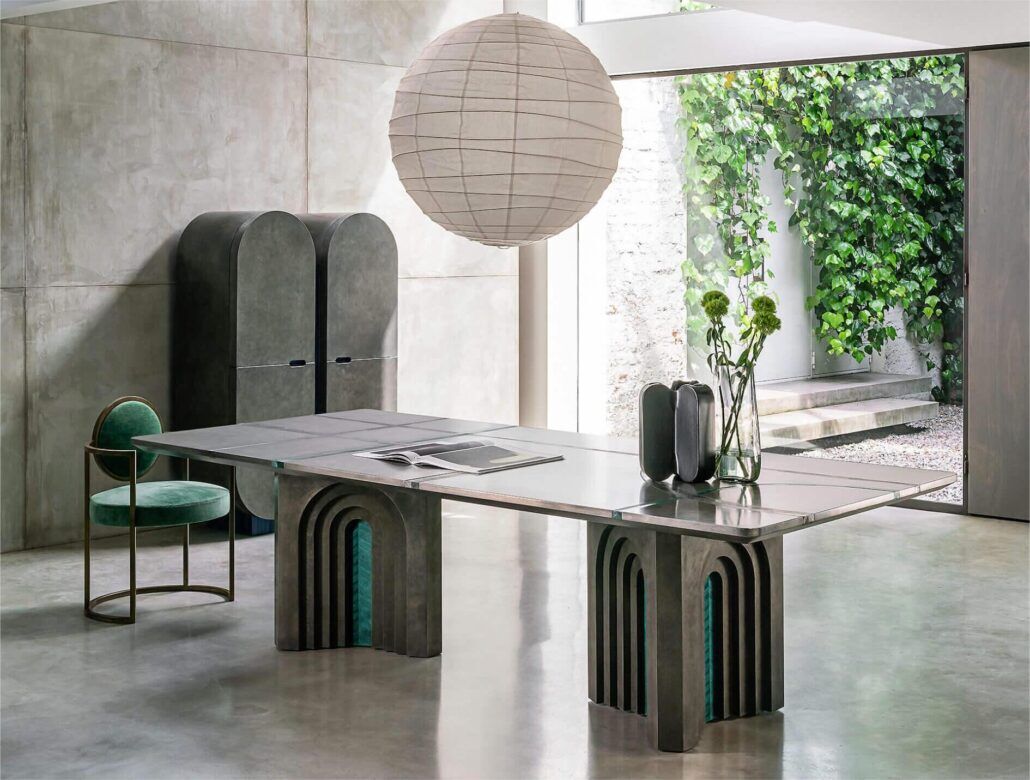Projects
Application of Laser Tube Cutting Machine In Metal Furniture Industry
China’s furniture industry has evolved into a significant sector with a focus on mechanized production, increasing technological sophistication, and the emergence of well-known brands. With the younger generation born in the 1990s and 2000s experiencing an upgrade in consumer awareness, there is a higher demand for home quality, and personalization has become a new growth point in the furniture industry. As the concept of customized furniture gains popularity, consumers are increasingly interested in designing their own home environments. There is a growing trend in demand for whole-house customized furniture as many home furnishing companies introduce solutions for personalized needs. The metal furniture sector has seen rapid development in recent years, with data indicating that its production has gradually surpassed that of wooden furniture. Metal furniture has expanded beyond its earlier offerings of beds and frames to include tables, chairs, cabinets, and various other forms. Additionally, the materials used have evolved from basic metals to various lightweight, high-strength alloy materials. This development aligns with changing consumer preferences and a desire for modern, customizable, and durable furniture options.

Metal furniture encompasses items constructed using metal pipes, sheets, or rods as the primary framework, combined with materials such as wood, various types of engineered boards, glass, stone, and more. It also includes iron furniture that is entirely made of metal materials. Examples of metal furniture include doors, windows, railings, student desks, chairs, and more.
Metal furniture typically features relatively small and thin metal pipes or structures, but the tube laser cutter requirements can be extensive and the cutting processes complex. This is because metal furniture demands higher processing quality, especially when it comes to the quality of the cut surfaces. Achieving precise and clean cut surfaces is essential to meet the quality standards required in metal furniture manufacturing.
In traditional metal processing, working with metal can be challenging, and the manufacturing process in the traditional furniture industry typically involves multiple steps: material acquisition, cutting on sawing machines, lathe machining, beveling, drilling for position and hole marking, drilling, cleaning, and welding. This process usually requires nine distinct steps.
However, when using a laser cutting machine for metal processing, several advantages become evident. Laser cutting is not only faster, but it also allows for the cutting of intricate and customized shapes. The cuts are smooth, without burrs, and there are no issues related to mold consumption. In the past, traditional stainless steel tube cutting predominantly relied on saw blade cutting, progressing from manual to semi-automatic and then to fully automatic methods. Unfortunately, saw blade cutting technology reached its limitations and could no longer significantly improve efficiency.
This is where laser tube cutting technology enters the scene, offering high automation, efficiency, and output. It is suitable for cutting various metal pipes, requires no blade changes for different materials, and does not require interruptions during production, making it highly suitable for mass production scenarios. The core value of furniture products should indeed revolve around comfort, creative design, and user convenience. Achieving this requires manufacturers to effectively translate the ideas and concepts of designers into reality through meticulous craftsmanship and metal tube processing. Laser tube cutting plays a crucial role in this process as it enables precise machining, complex angles, grooves, and meets high-quality standards for various components.
Laser tube cutting not only facilitates the production of components but also inspires an ultimate pursuit of innovation in future furniture product design. It’s safe to say that laser technology has propelled a significant leap in the concept of office furniture product design.
In an era where individuality is highly valued, laser cutting machines offer several advantages compared to traditional processing methods when considering cost and production volume. Laser cutting allows for the creation of a wide range of furniture products while maintaining precision in processing. It addresses numerous challenges, enabling product diversification and multi-functionality.
Furniture products often require the processing of sheet materials, and to meet market demands, tube laser cutting machines have perfected the art of precision cutting. This has increased production efficiency, reduced costs, and opened new avenues for modern furniture design. Laser cutting technology has injected a fresh experience and a unique dimension into modern home decor, marking a new starting point for contemporary furniture design.
